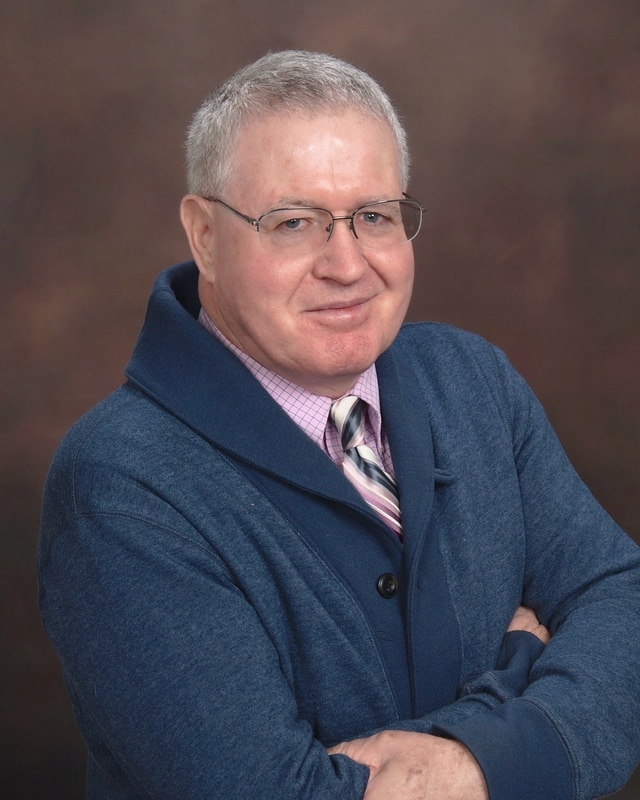Jon, yes and no regarding nerve impulse. The ratios of the collagen and ground substance summate as the physical, deformable properties along with length, circumference of body AND of origin and insertion, etc.; Newtonian physics. These have been known at least in general terms for a very long time which does not detract at all from DR Gracovetsky's very unique perspective, which continues to evolve. His body of work of course greatly exceeds his recent chapter.
Yes, but not directly. There are 4 mechanoreceptors (at least) to ligament and these have a profound real time regulating influence on muscle tone. Muscle tone has a significant and perhaps clinically underappreciated effect on ligament tone. I discovered on myself (applying treat the other side strengthening approach) that I could resolve a chronic laxity of 2nd MP joint that was lax and painful. It was decades old and resolved in 2 minutes treating it reflexively via the opposite side, same anatomical location. That is eye-popping crazy to observe. It of course will not work if the TRUE CAUSE is actual ligament damage that arbitrarily is moderate plus to severe.
I have followed the work on mechanoreceptors for 3 decades, Barry Wyke work and Crutchfield and Barnes, and many others. Any text on Orthopedic Physical Therapy and on Orthopedic Manual Physical Therapy should give broad coverage to the physical properties and the innervation. One that really influenced me was Currier and Nelson Dynamics of Human Biological Tissues. Robert Schleip has a brilliant chapter in Dalton's Dynamic Body book (other than a peculiar stab against sacral torsion contrasting it with "Inclusion of
facilitated active client MICROMOVEMENTS during hands-on work." I teach my clients on day one to do self-directed micro-movements to correct and self-treat the sacral movement and self-correct the torsion; rather than develop a dependent patient-practitioner relationship; noble Indeed! Perhaps he has read
my chapter by now and is pleased with the manner in which I practice and teach.
If not, he should.
The ligaments only "contract" based on extrinsic forces, there
are no active contractile elements in ligaments. The ratios as you propose do
vary person to person to some degree and within the person the ligamentum lfavum
in the spine has more yellow elastin than the other spinal ligaments, the pubic
ligament and fibrocartilage contain larger amounts of elastin than typical
ligaments.

 RSS Feed
RSS Feed